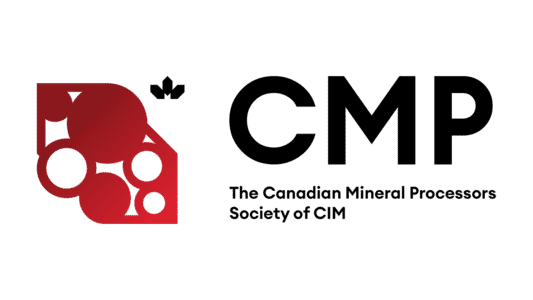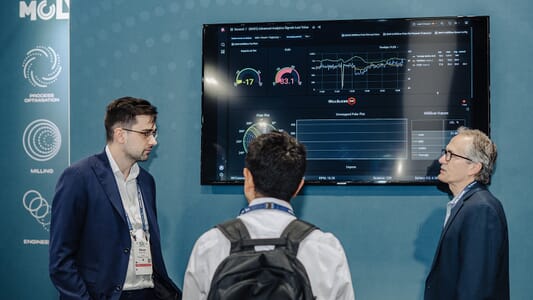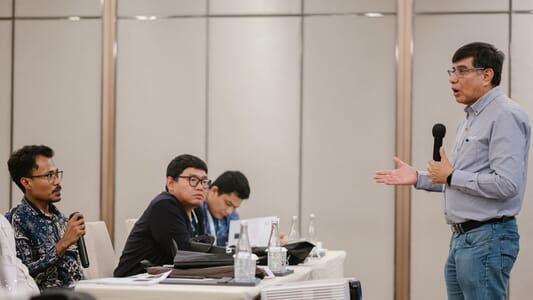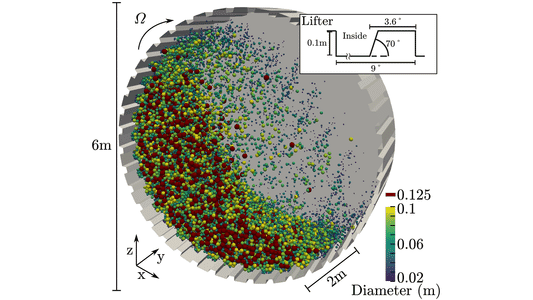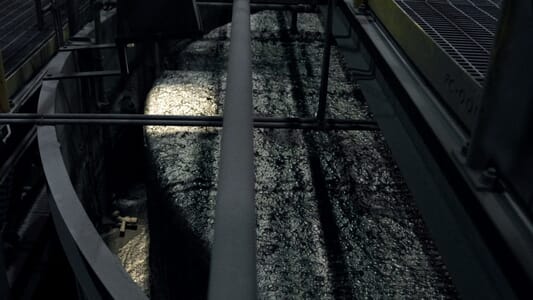Molycop is driving breakthroughs in steel design, predictive modelling and sustainability in collaboration with Queen Mary University of London (QMUL).
Key Facts
- Molycop’s partnership with QMUL is turning advanced metallurgical research into practical innovations that boost grinding media performance and efficiency.
- Predictive modelling tools developed through the partnership enable the design of next-generation steel media with superior durability and lower consumption rates.
- PhD researcher Rajdeep Mondal is developing predictive models and microstructural designs that could revolutionise how steel grinding media is engineered and manufactured.
Collaboration with world-leading universities plays a vital role in driving innovation and advancing the science behind steel manufacturing. One such partnership – between Molycop and Queen Mary University of London (QMUL) – demonstrates how academic research can directly translate into industrial progress.
We recently spoke with Rajdeep Mondal, a PhD student at QMUL, whose research focuses on the design and microstructural characterisation of steel grinding media, a critical component in the comminution process that underpins mining operations. Supported by Molycop, Rajdeep’s project embodies the shared goal of developing next-generation materials and predictive tools that improve efficiency, sustainability and performance across the grinding media manufacturing industry.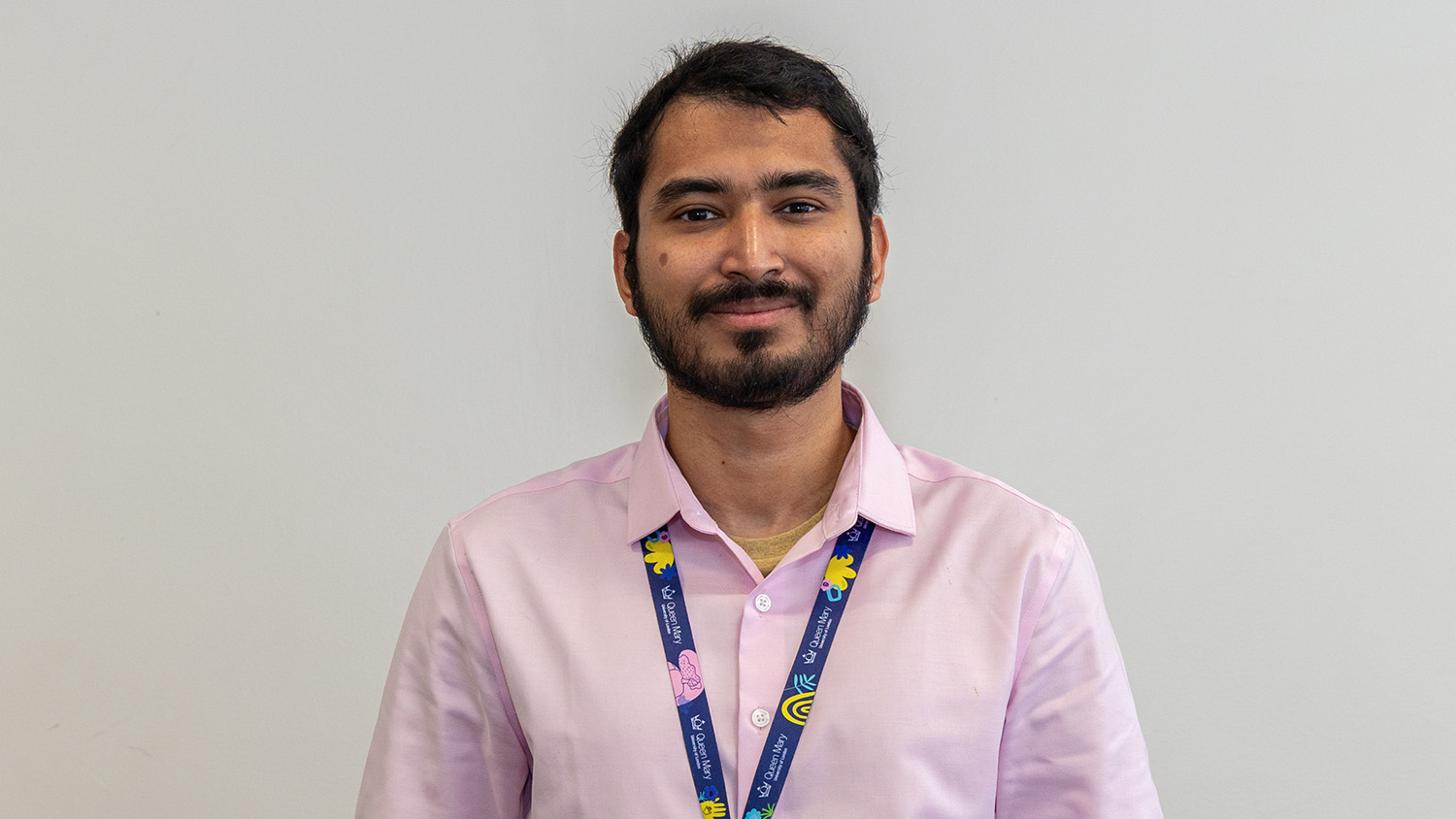 Rajdeep's research, sponsored by Molycop, focuses on the design and microstructural investigation of steel grinding media.
Rajdeep's research, sponsored by Molycop, focuses on the design and microstructural investigation of steel grinding media.
From industry to academia: A researcher’s journey
With a background in Metallurgical and Materials Engineering, Rajdeep’s journey began in the research and development department of a steel company.“My industry experience highlighted that many challenges demand not only practical solutions but also a deeper scientific understanding,” Rajdeep says. “That realisation motivated me to pursue a PhD – to bridge the gap between industrial applications and academic innovation.”
This motivation laid the foundation for his current research: developing a comprehensive, science-driven understanding of how the microstructure and composition of steel grinding media influence its durability, efficiency and overall performance in milling environments.
Designing the future of grinding media
At the core of Rajdeep’s PhD is improving grinding media through microstructural design and computational prediction. His work integrates experimental metallurgy with advanced modelling, combining neutron and synchrotron diffraction techniques with finite element simulations to track and predict if/how steel microstructure responds under stress during milling.Radjeep explains:
We’re developing a self-contained computer program capable of predicting the microstructure and mechanical properties of grinding media before manufacturing. The goal is to design next-generation steel media with novel microstructures that deliver superior performance and significantly lower consumption rates.
The implications extend well beyond the laboratory. By reducing ball consumption and improving mechanical resilience, his research directly supports Molycop’s broader environmental, social and governance (ESG) objectives by reducing waste, energy use and environmental impact across the mining value chain.
Partnership in practice: Molycop and QMUL
The collaboration between Molycop and QMUL has proven to be both scientifically enriching and strategically valuable. Through this partnership, Molycop provides industrial insight, materials and real-world scenarios that inform experimental design, ensuring research remains relevant to the practical challenges of the grinding media manufacturing industry.According to Rajdeep:
Molycop’s sponsorship has provided access to essential experimental resources, steel samples and opportunities to visit production sites. It’s not just about resources – it’s about perspective. Molycop’s focus on sustainability and process optimisation has shaped how I think about the broader impact of materials design.
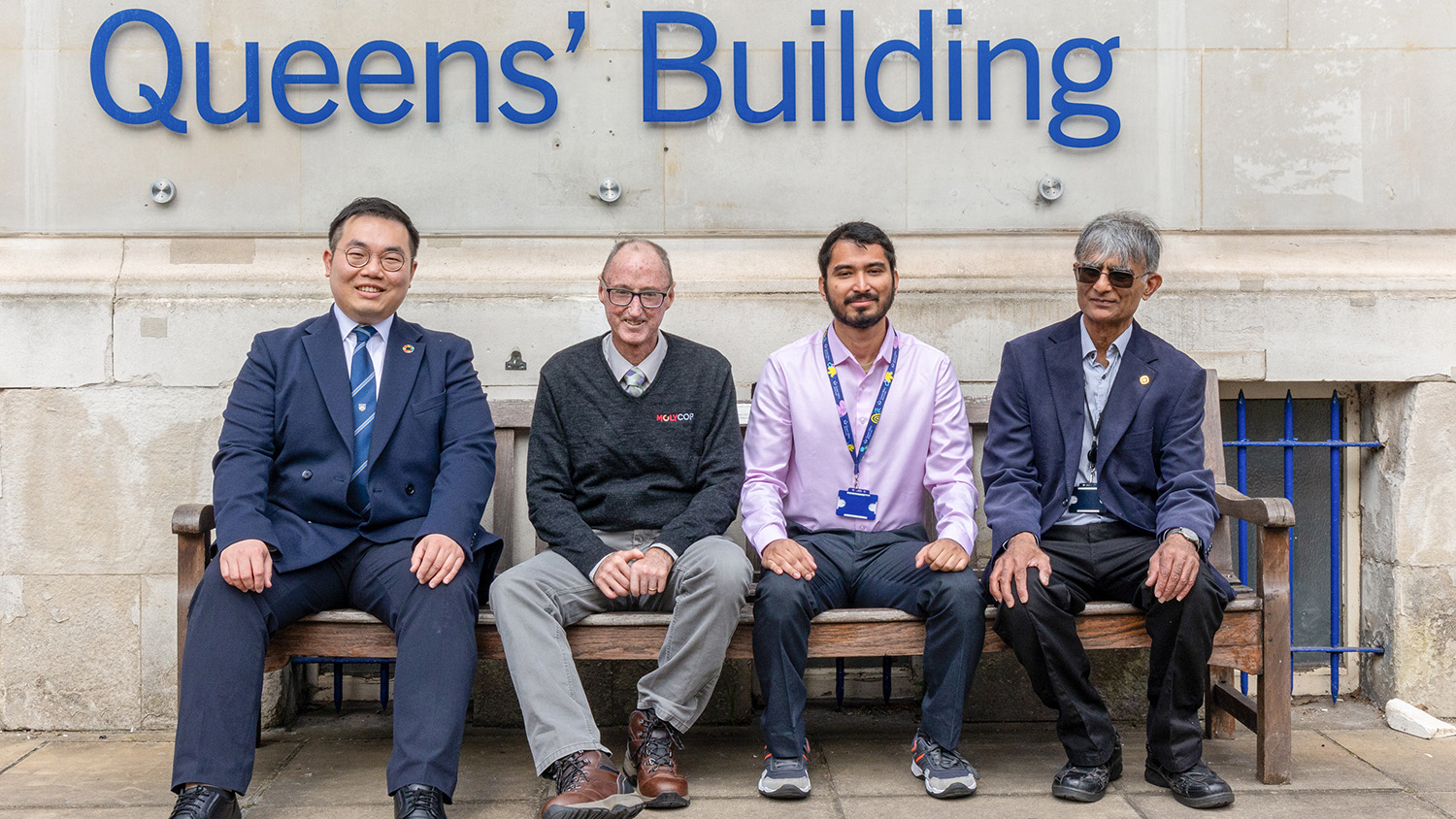 (L–R) Associate Professor Chinnapat Panwisawas, Molycop VP Innovation Dr Paul Shelley, Rajdeep Mondal and Professor Sir Harry Bhadeshia.
(L–R) Associate Professor Chinnapat Panwisawas, Molycop VP Innovation Dr Paul Shelley, Rajdeep Mondal and Professor Sir Harry Bhadeshia.Guided by Professor Sir Harry Bhadeshia, Associate Professor Chinnapat Panwisawas and Dr Hamid Pourasiabi, Rajdeep’s research integrates metallurgical theory, advanced characterisation and computational modelling.
Towards predictive, data-driven materials design
An exciting milestone in Rajdeep's research has been the development of a predictive modelling tool that simulates how heat-treatment parameters influence the final microstructure and mechanical properties of steel grinding media.Currently, no such comprehensive and self-contained model exists in the industry. The ability to simulate phase transformations, microstructural evolution and hardness profiles could fundamentally transform how grinding media is designed, tested and selected.
“This approach reduces risk, improves efficiency and accelerates new product development,” Rajdeep said.
 Rajdeep is completing his PhD at QMUL under the supervision of Professor Sir Harry Bhadeshia (background).
Rajdeep is completing his PhD at QMUL under the supervision of Professor Sir Harry Bhadeshia (background).
Driving sustainability and performance in ore beneficiation
Rajdeep’s long-term vision is to develop high-performance, low-degradation grinding media that reduces environmental impact and operational costs. By extending service life and improving wear resistance, mineral processing plants can achieve substantial reductions in media consumption, downtime and energy use; these are key components of a more sustainable mining future.“My goal is to bridge the gap between lab-scale microstructural understanding and field-scale performance,” Rajdeep said. “Through this, we can design steel products that are technically superior, economically viable and environmentally responsible.”
This focus on sustainability and performance echoes Molycop’s mission to empower customers through innovation and responsible manufacturing.
